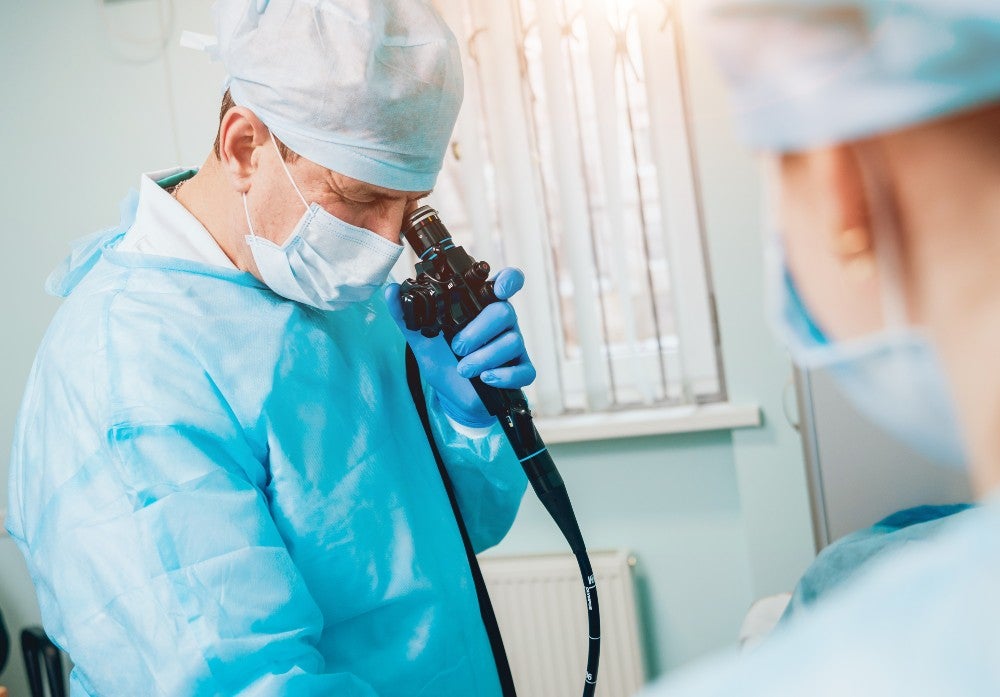Disposable endoscopes had been consistently gaining popularity before Covid-19, and as a result of the Covid-19 pandemic, these products surged since they were viewed as more sanitary than traditional endoscopes. Disposable endoscopes are on track to replace traditional endoscopes as more healthcare practitioners are promoting the use of this alternative globally. According to GlobalData, the disposable endoscopes market value was $989m in 2021 and is projected to reach $9.34bn in 2030, indicating immense growth in this segment.
The advantage of disposable endoscopes is that they do not require a time-consuming reprocessing procedure to clean and sterilise, as traditional endoscopes do. Additionally, since they are single-use products, they are a safer solution for endoscopy procedures which helps address the increasing instances of endoscope-associated infections. Disposable endoscopes are also substantially lower in cost than reusable endoscopes, which incur costs from the initial purchase, cleaning, repairing, and maintenance of the device, making traditional endoscopes less financially viable options.
The top revenue-grossing sub-segments for disposable endoscopes are bronchoscopes, laryngoscopes, and ureteroscopes, which account for 80% of the total market revenue. The key market leaders in this segment are Ambu A/S and Boston Scientific. Ambu recently gained FDA approval for its fifth-generation bronchoscope in July 2022. Verathon is also a company to watch, as it has succeeded by focusing on smaller sub-segments. Although much of this market Is dominated by larger companies, this is still a new market. Several sub-segments only contain a single player, which creates considerable opportunities for new players looking to compete in this growing segment. As the traditional endoscope market is expected to shrink, the disposables market continues to expand and is set to dethrone the previously dominant medical device.






Related Company Profiles
Boston Scientific Corp
Ambu A/S
Verathon Inc